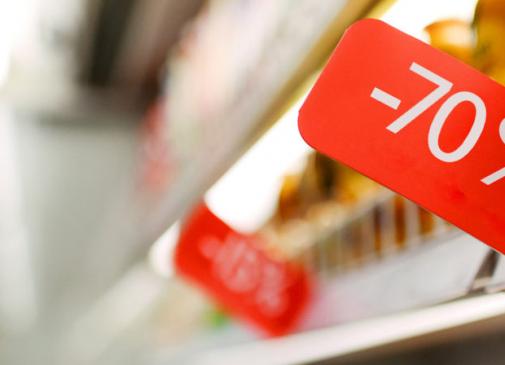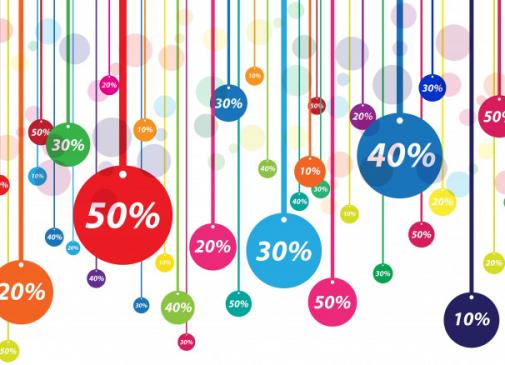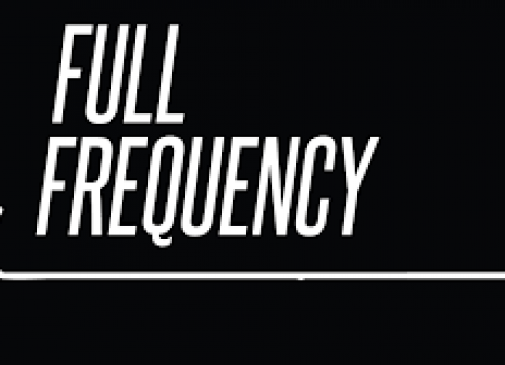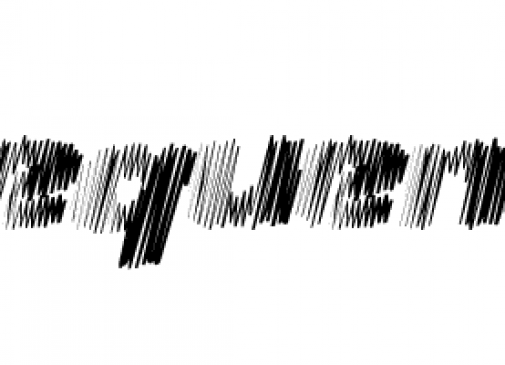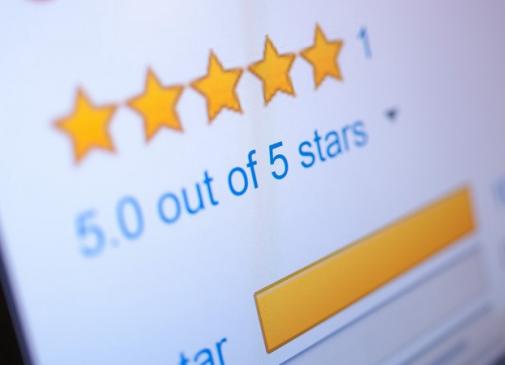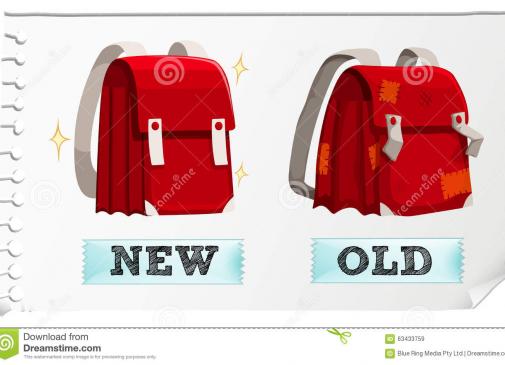Obtaining marketing information through facial expression could be the next big thing in advertising. It may help to avoid so-called zombies, i.e. logos, images or taglines on packaging that shoppers subliminally dislike or simply ignore. Resembling a bulky pair of specs, a device called an eye tracker can record the user's eye movement, revealing the spots where the person's gaze stays for longer or is rapidly averted in disgust or confusion. Next big step? Development of mainstream consumer gaze technologies for real-life users.
Obtaining marketing information through facial expression could be the next big thing in advertising. It may help to avoid so-called zombies, i.e. logos, images or taglines on packaging that shoppers subliminally dislike or simply ignore. Resembling a bulky pair of specs, a device called an eye tracker can record the user's eye movement, revealing the spots where the person's gaze stays for longer or is rapidly averted in disgust or confusion. Next big step? Development of mainstream consumer gaze technologies for real-life users.
IT'S ALL IN THE EYES
With real advertising getting increasingly more sophisticated, businesses are beginning to grasp the simple truth: users are most likely to be engaged with the internet through their various mobile devices. An announcement from AOL has suggested a captivating new avenue for collecting user data in order to glean advertising information: from a person's emotions as they are shown on their face. This ground-breaking solution comes from a company called RealEyes and benefits from the ubiquity of cameras in such devices as phones and tablets. Hardly a novelty, such use of biological feedback has become more prevalent in recent years. How does this technology work? It functions through scanning the movements in a person's face while a video ad is playing and then "tracking" the movements in order to determine the ad's effectiveness. All of a sudden, it is possible to measure emotional appeal of particular content.
EYE TRACKERS GO MAINSTREAM
Eye tracking does more than just help designers identify visual shortcomings in websites, ads and product prototypes. More than 9,000 paralysed people operate computers and wheelchairs using eye trackers. The technology is also being used to alert drowsy drivers, diagnose brain trauma, train machine operators and provide surgeons with "a third hand" to control robotic equipment. With costs of eye-tracking gear rapidly dropping, a mainstream consumer use of the technology may not be such a distant prospect. Already Haier, a Chinese maker of household appliances, unveiled a prototype TV controlled by a viewer's gaze. Eye tracking may also find use in desktop computers, video-games consoles and e-readers. New applications are emerging. Lenovo, a Chinese PC-maker, has made 20 prototype laptops with Tobii eye trackers built into a bulge in the top of the lid. The Eye Tribe, a start-up based in Copenhagen, has modified a tablet computer so that it can be controlled using eye movements. The Gaze Group is developing eye-tracking software for Android, the leading smartphone operating system. More than 30,000 people have downloaded the Gaze Group's software, which supports eye-tracking using relatively inexpensive night-vision cameras.
READING FACES HELPS PERSONALIZE OFFERS
In Russia, supermarket checkouts will read emotions to offer personalized deals. First moves to customize discounts according to individual user behaviour have already been made, but Russia-based marketing tech company Synqera wants to bring emotion detection to checkouts to offer timely promotions based on shoppers’ real-time feelings. The company has developed a platform called Simplate, which involves touchscreen tablet-like devices placed at till cashier desks and self-service checkouts. When shoppers go to pay, facial recognition technology automatically scans the store’s loyalty scheme database for their details, locating purchasing histories and other personal data to provide special offers and rewards tailored to the individual at that moment. The sensors can also detect the emotions of consumers through their facial expression and can use this data when choosing to offer discounts – targeting shoppers at times when a small boost might improve their mood and help them feel more sympathetic towards the brand. The information gathered at the checkout point provides retailers with greater insight about their consumer base and can help them target ads at individuals either through their phone or digital billboards as they’re leaving the store.
Sources: http://keymediasolutions.com; http://www.businessinsider.com/; http://www.springwise.com Photo: https://www.flickr.com/photos/smieyetracking/

